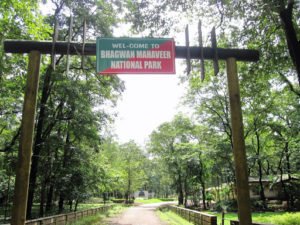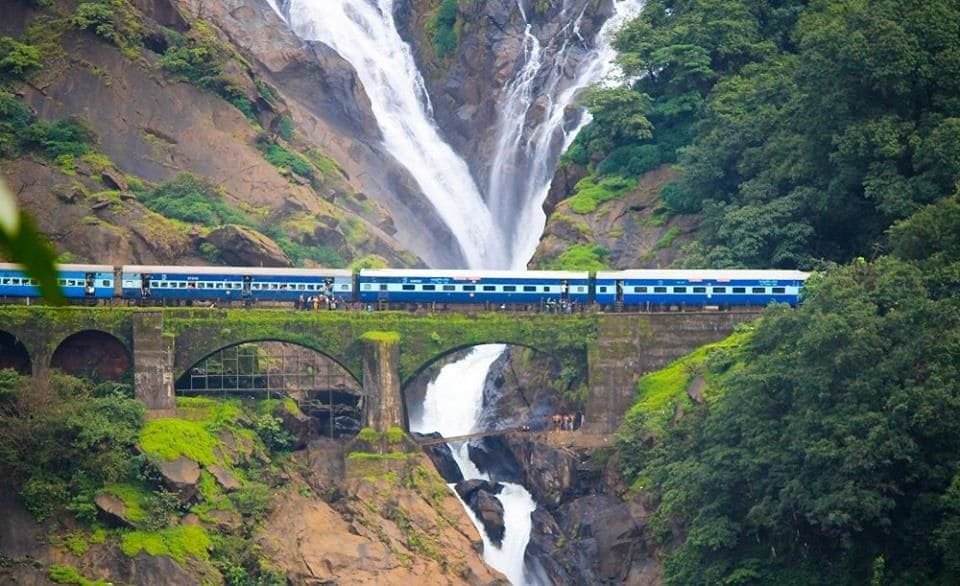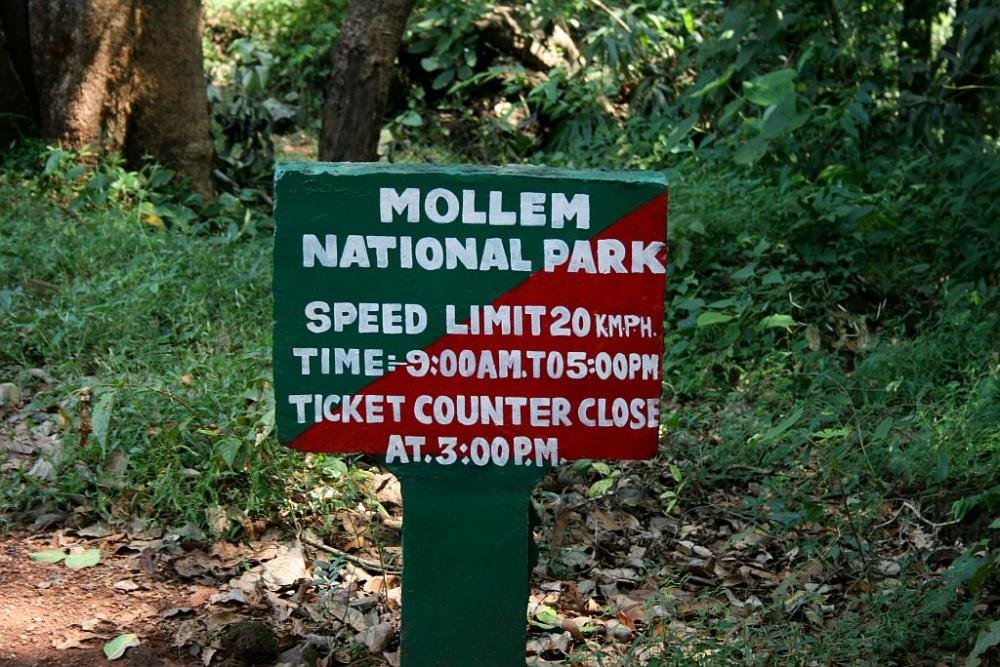Key Points:
- Goa is seeing protest against the doubling of the railway track for Coal transportation.
- The Mollem National Park is home to 70 mammal species, 235 bird species, 219 butterfly species, 44 fish species, 45 reptile species and 27 amphibian species which will be hugely impacted due to the clearance project started by the Goan Government.
- “Save Mollem National Park” and “No Coal Hubs in Goa” slogans have been circulating on the media and recently, even London stages a silent walk against the clearance projects.
We hear of Goa and beaches, drinks, casinos, parties and fun, is all what we think of. But, its 2020, and things have changed drastically. Goa has been a holiday destination due to the natural beauty the state has been bestowed upon. But, the double tracking of the railway line to facilitate coal transportation will threaten the survival of the forests and destroy the homes of the wild.

Despite the existing infrastructure, the Goa government, with no Gram Sabha held for sanctioning the project looking to speed up the transportation process by introducing three major infrastructure projects, which are currently facing a strong opposition from local residents.
Goans have been protesting for quite a while until now and on Sunday, November 1, thousands of Goans gathered at Chandor village in South to hold midnight protests against the state government’s move to push for expansion of the railway network between Margao and Sanvordem. The residents of the area have claimed that the construction will destruct the ecological biodiversity of the state.
Protests were held on the railway tracks symbolizing to stop the work in doubling the tracks as Goa acts as an important link for coal transportation to Karnataka.
The Goa Tourism Development Corporation website has mentioned on it that,
“There are more freshwater streams crisscrossing the geographical area of these two villages than there are houses here. The endemic species found here outnumber the villages’ human population, of around 4,000. The forest cover is so dense that sunlight does not even reach the forest floor in many places.”
Projects Threatening Goa’s Wildlife:
- 3 major infrastructure projects.
- The projects are around the regions of Mollem National Park and Bhagwan Mahaveer Wildlife Sanctuary.
- These projects along with 27 other forest clearance proposals were discussed with the National Board for Wildlife during the lockdown.
- Bhagwan Mahaveer Wildlife Sanctuary and Mollem National Park were the two proposals that were virtually approved.
- These forest clearances will lead to chopping down of 59,024 trees in the Bhagwan Mahaveer Wildlife Sanctuary and Mollem National Park.

- Specifically, with respect to the protected area, around 170 hectares are planned for forest diversion.
Threats to the nature due to the Project Clearance:
- The sanctuary supports more than 70 mammal species, 235 bird species, 219 butterfly species, 44 fish species, 45 reptile species and 27 amphibian species.
- The affected forest also acts as an important revenue source for nature-based tourism.
- Along with Dudhsagar, one of the tallest waterfalls of the country, hundreds of river-feeders originate in the forest and act as a lifeline for Goa’s water supply.

Thus, over the next few months, Mollem’s protected area itself stands to lose over 20,000 trees. And if trees to be lost from non-protected forest areas in Mollem and Collem are taken into consideration, then the figure just doubles. It is not just the trees being affected, it’s the wild life endemic to the area too that will be hugely impacted.
“Save Mollem National Park” and “No Coal Hubs in Goa” slogans have been circulating on the media and recently, even London stages a silent walk against the clearance projects.

